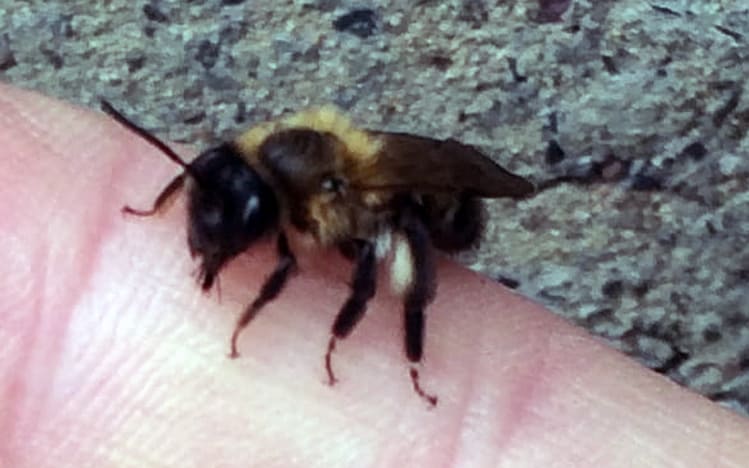
Can Masonry Bees Damage Your Home?
We’ve all heard of honey bees, but did you know there are over 250 species of the humble bee buzzing around the UK each year? Few of us could identify more than one or two of them. However, the masonry bee is one you might want to know more about.
Masonry bees are so called because they enjoy living in nests made from soft materials. This can include masonry, if they can hollow out crumbling mortar found between the bricks and stones our homes are constructed from. If your mortar is in good condition, you shouldn’t experience any problems with masonry bees. However, if left to their own devices, these bees can cause structural issues that could well be expensive to fix.
Do they live in colonies?
No, masonry bees are quite unlike their more social cousins. They work alone, and if they find some mortar that is crumbling, they’re likely to dig a hole to gain access to it. They will hollow out tunnels over time, living within the mortar and potentially causing further damage within.
If you spot a bee crawling into a hole in your masonry, you should call in a pest control expert to examine the situation. While these bees are solitary and do not have a nest of fellow bees with them, you shouldn’t underestimate the potential damage they can cause.
How can one bee cause structural problems?
Let’s say a bee comes along and hollows out a tunnel between the bricks of your home. It lives there, lays its eggs, and gets on with its life. If it leaves or dies, the hollow tunnels remain. Over time, more tunnels might appear, and that means the mortar will break down and the structure of your home will experience further damage.
The sooner you call in a pest control expert to get rid of masonry bees, the less likely it is you will have any major structural damage to worry about. Any minor damage can easily be fixed by replacing the missing mortar. It is also ideal to check the condition of the remaining mortar between the bricks. This will ensure it does not pose an appealing place for masonry bees to come and make their homes in the future.
This is the time of year that is ripe for masonry bees to appear. Make sure you’re not bothered by any near your property.
